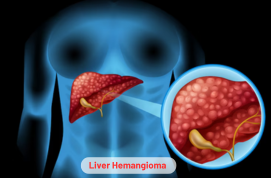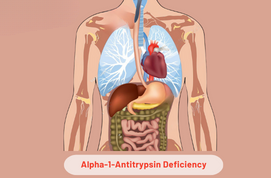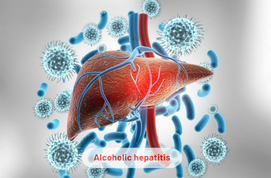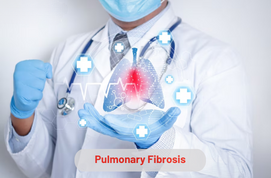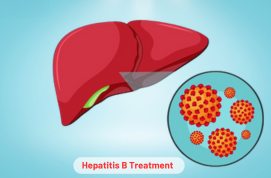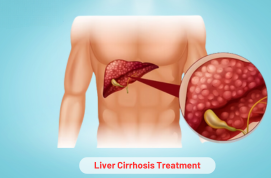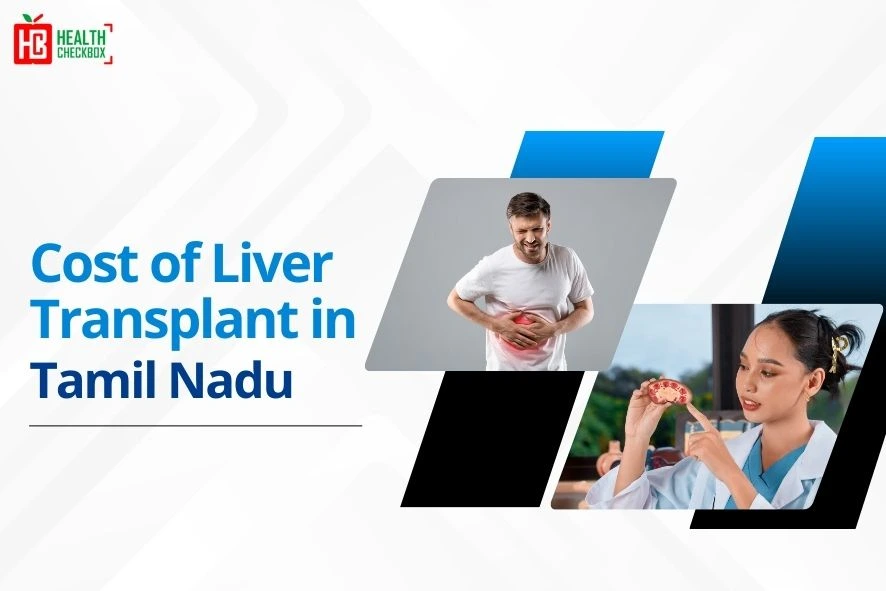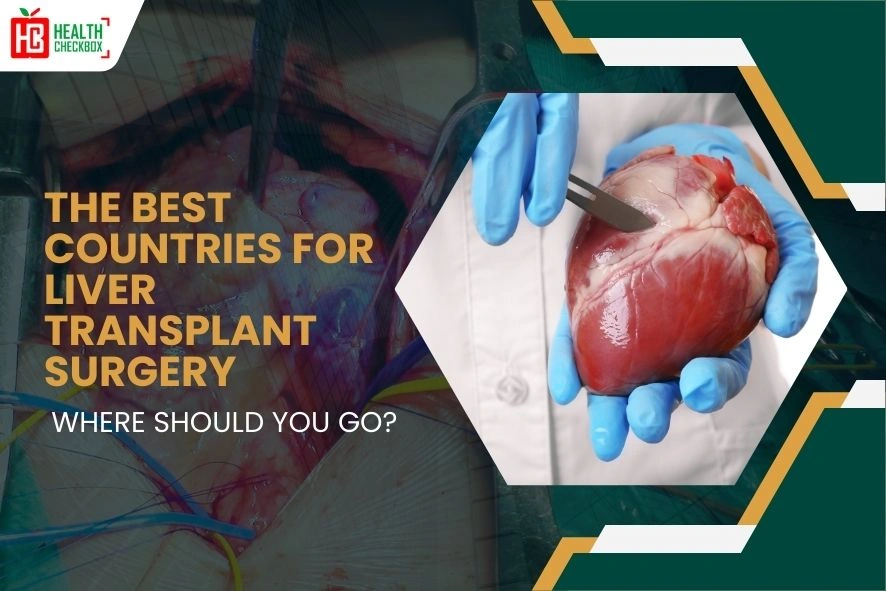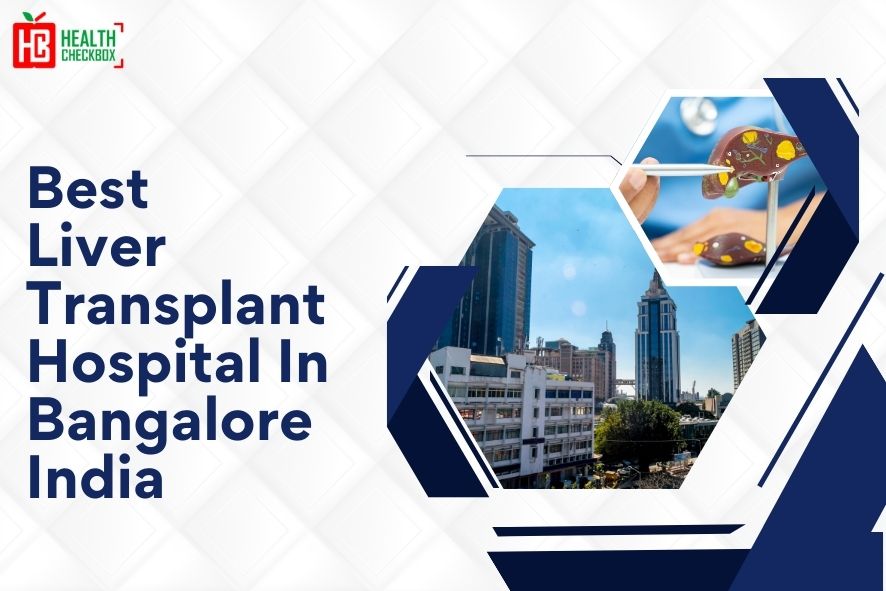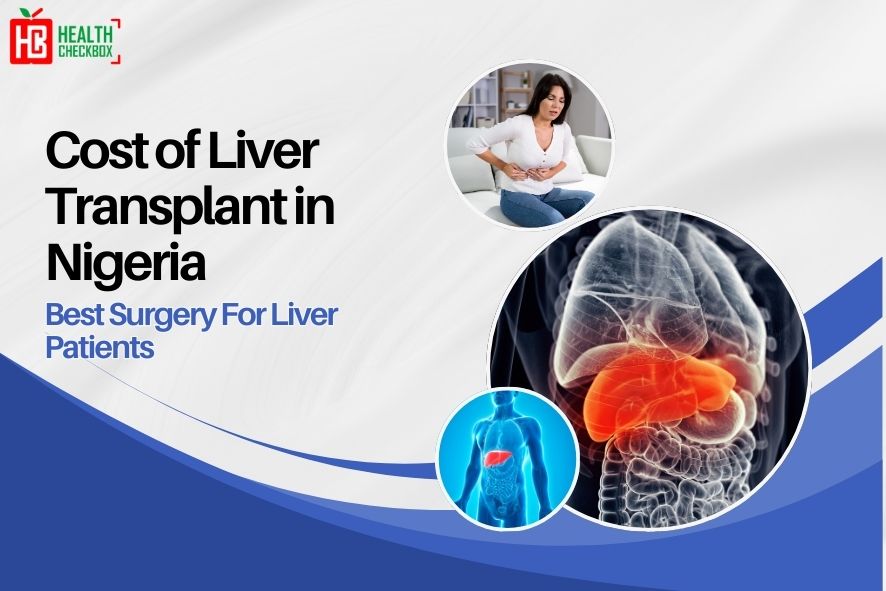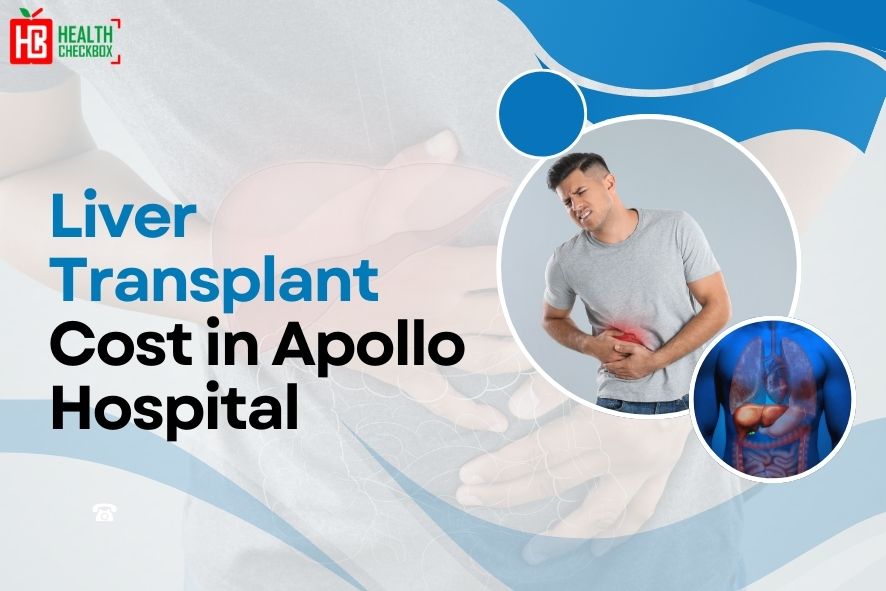Groups of blood vessels in the lining of the liver develop a tumor which is known as a liver hemangioma. It is not malignant, and this is also known as hepatic or cavernous hemangiomas. These tumors can take place in any organs, where they often lead to various health concerns. It usually remains unobserved and shows no signs or symptoms. Hence, symptoms may reveal as fullness in the abdomen, nausea, or both. Imaging tests for other conditions often unintentionally reveal liver hemangiomas.
Usually, there is no need to treat hepatic hemangiomas unless they cause problems or any symptoms. Surgical procedure or medication may be considered as treatment options in rare cases where the tumor is large or causing problems in the body. However, these tumors are usually regarded as benign and have a low risk of developing as cancer.
Symptoms of Liver Hemangioma
Most hemangiomas of the liver do not show any indications. However, people may have symptoms similar to these if cancer grows to be more than four centimeters.
- Pain
- Bloating
- Nausea
- Vomiting
- Feeling full after eating a small amount of food
- Discomfort in the abdomen
Causes of Liver Hemangioma
Researchers think that liver hemangiomas are present from birth, though they do not know their precise cause. They are the liver mass that is most frequently non-cancerous.
- When blood vessels don’t develop correctly liver hemangiomas may be present from birth.
- Higher levels of estrogen may contribute to the development of health issues, which is more commonly found in women.
- According to some researchers, liver hemangiomas can result from an excess of VEGF.
Risk Factor and Complications
Several factors can increase the risk of developing this condition.
- Healthcare experts commonly notice it in adults.
- Females often suffer from this condition in comparison to males.
- Due to hormonal changes during pregnancy, they can promote the growth of hemangiomas.
- Estrogen therapy is connected to the development of larger hemangiomas.
These problems are rare, and in some cases, they do not cause any issues.
- Bleeding may occur if the doctor treats the large hemangioma with RFA.
- Rigorous inflammation can lead to ongoing stomach pain and become the cause of discomfort.
- Contraction of blood vessels or bile ducts can cause swelling, formation of blood clots, and many more.
- This health complication in the liver can put pressure on nearby organs.
Procedure of Liver Hemangioma Treatment
Usually, liver hemangiomas don’t require medical attention. Health professionals generally recommend monitoring for any changes and managing any symptoms that do occur. However, if the tumor causes significant symptoms or consequences like rupture or bleeding, treatment options may include medication to reduce the tumor, embolization to stop blood flow to the tumor, or, in rare cases, surgical excision. Here is a detailed overview of the activity:
Diagnosis and Assessment
To confirm the presence of a noncancerous tumor in the liver. Also, they can evaluate its size, location, and features. The patient has imaging tests like:
- MRI
- CT scan
- Ultrasound
Monitoring and Observation
These imaging processes help in determining the size, growth, and any possible issues. Imaging methods play an important role in the identification and monitoring of any disease.
Management of Symptoms
Healthcare professionals can prescribe various medications, such as painkillers or NSAIDs to the patient. These drugs will decrease the indications like pain or discomfort.
Embolization
Larger hepatic hemangiomas or those causing significant symptoms or repercussions may be candidates for this surgery. To reduce or stabilize the hemangioma, a doctor injects a chemical into the blood vessels supplying the tumor to stop its blood flow.
Surgical Resection
When a hepatic venous malformation is large, causing severe symptoms, or at risk of rupturing or bleeding. Then surgical operation of the tumor may be recommended in a few cases. This process removes the portion of the liver that has a bundle of blood vessels.
Liver Transplantation
When doctors consider an uncommon therapeutic approach, they do so when a hepatic hemangioma is substantial, generating severe symptoms or effects, or when they have concerns about malignancy.
Follow-up Care
Follow any procedure or intervention for liver hemangioma. Then the patient should plan frequent follow-up meetings with healthcare specialists to track their recovery, assess the efficacy of their treatment, and identify any complications or recurrences.
Latest Health Tips
How to make the Liver Healthy | Best Practices
Best Juice for Fatty Liver Repair | Strengthen your Liver
Liver Transplant Cost Without Insurance
Cost of Liver Transplant in Tamil Nadu
The Best Countries for Liver Transplant Surgery: Where Should You Go?
Best Liver Transplant Hospital In Bangalore, India
Cost of Liver Transplant in Nigeria: Best Surgery For Liver Patients
Liver Transplant Cost in Apollo Hospital
Submit Your Enquiry
Testimonials








